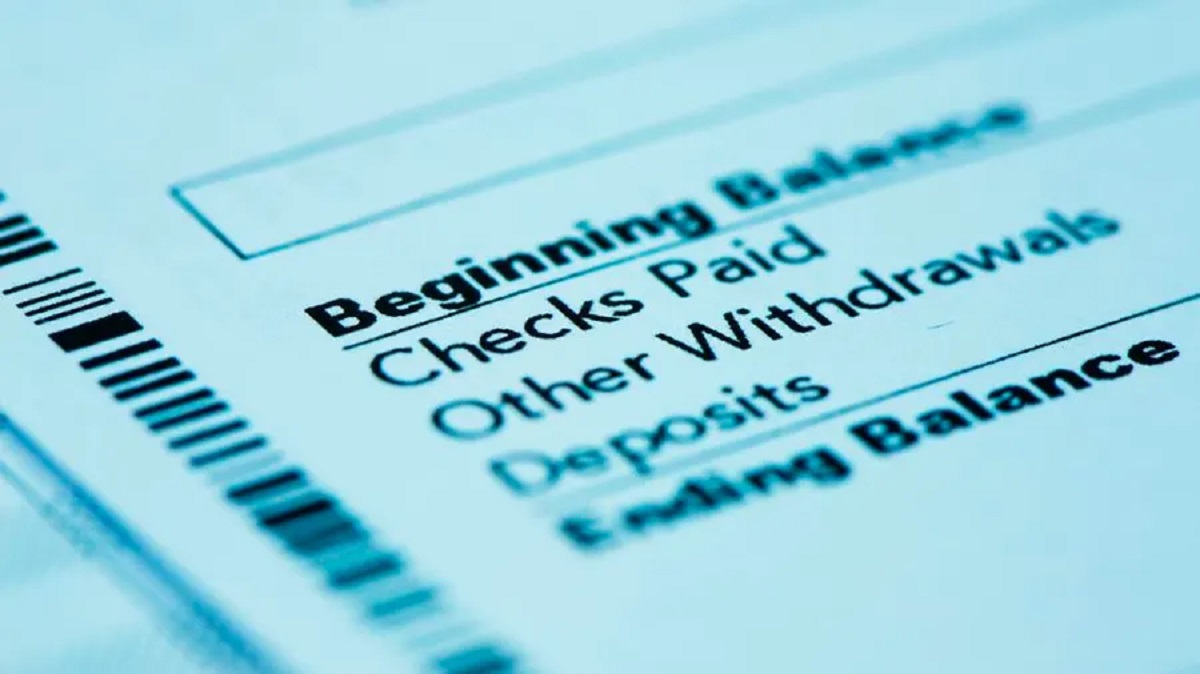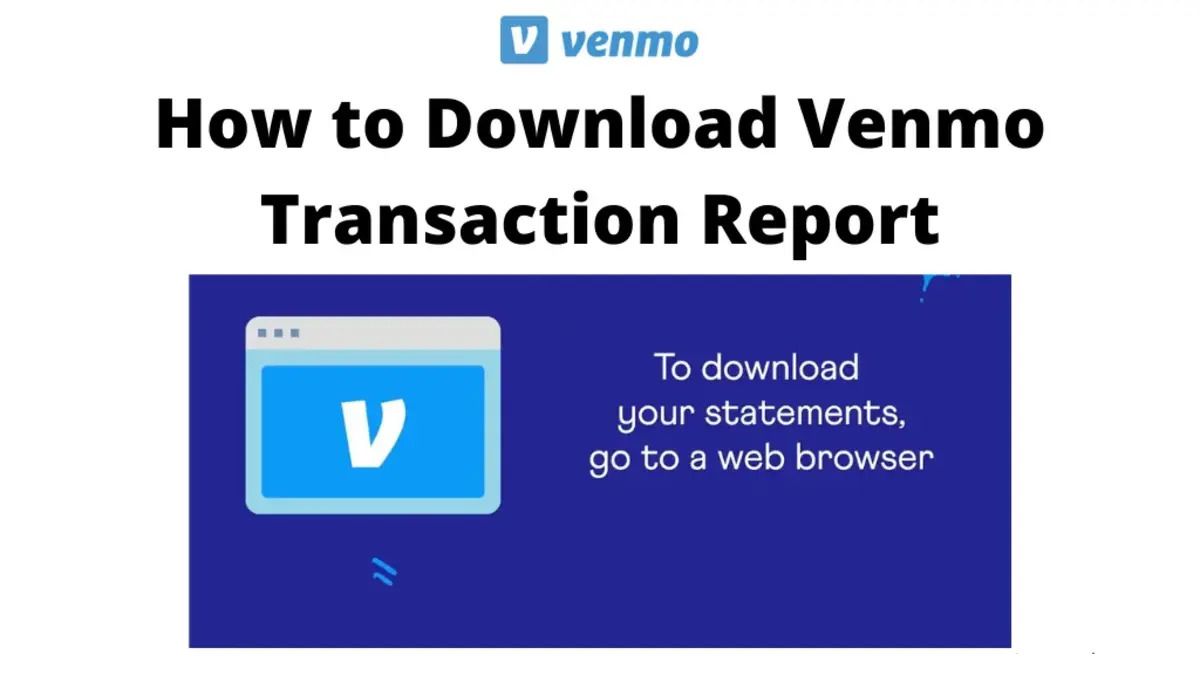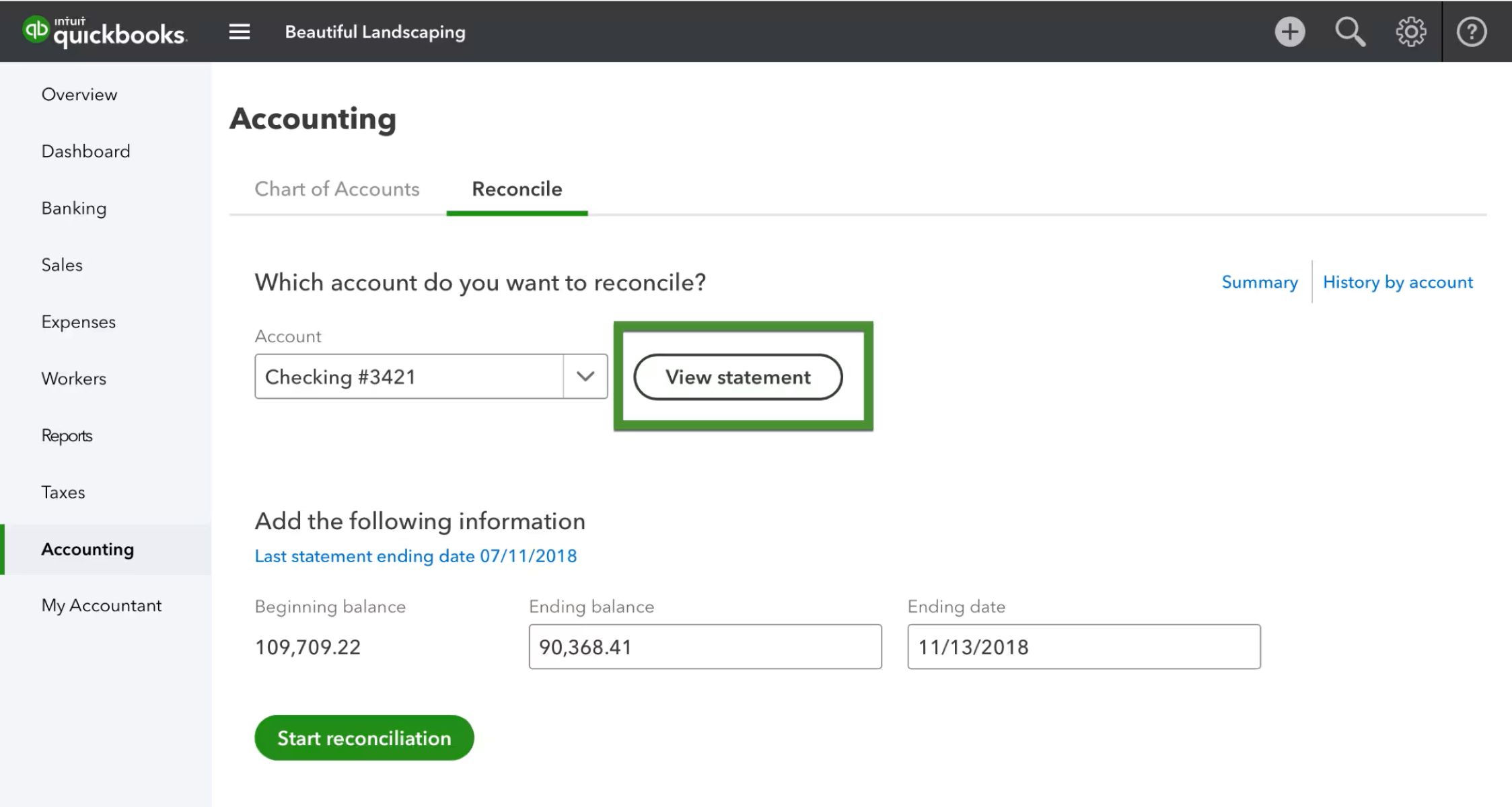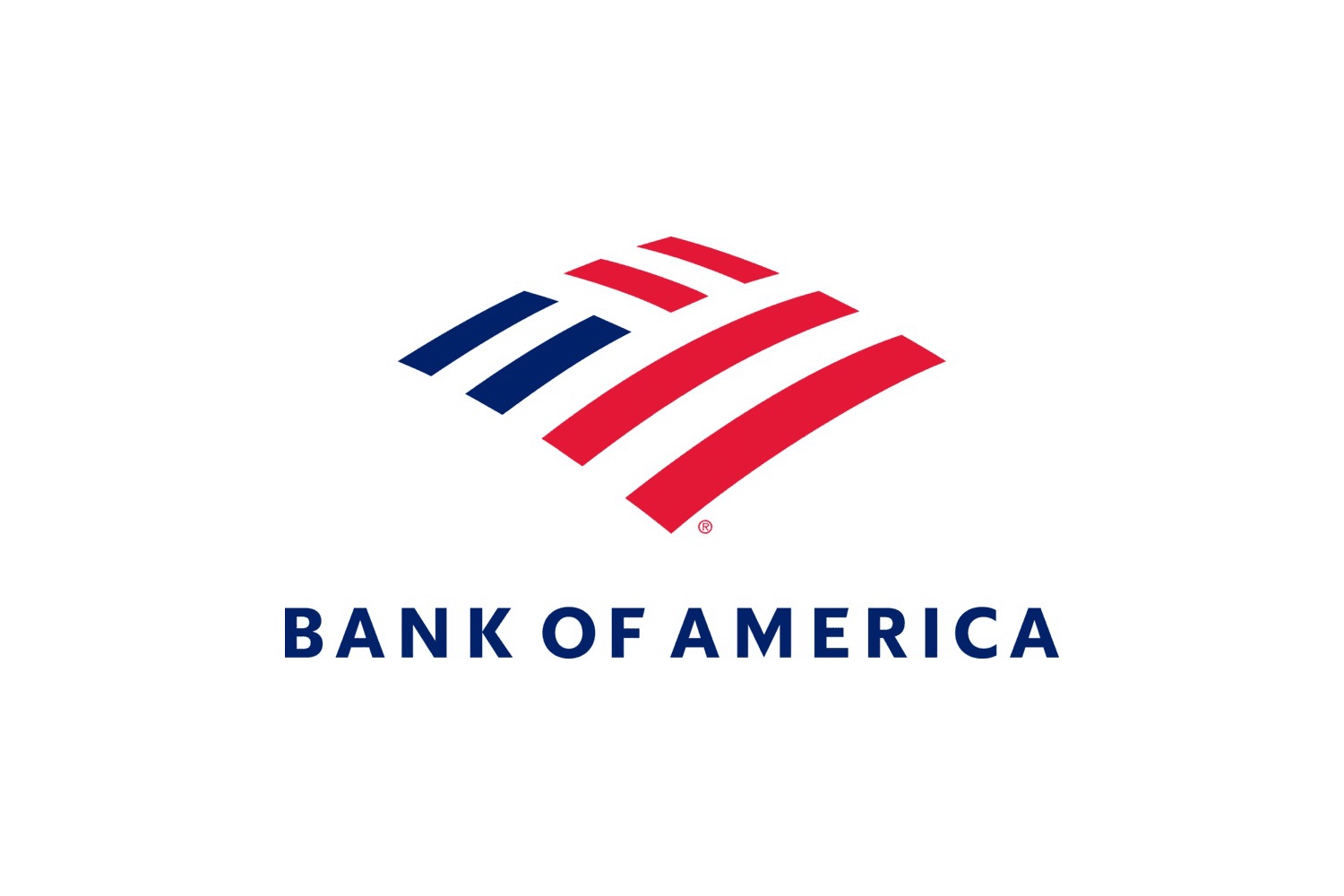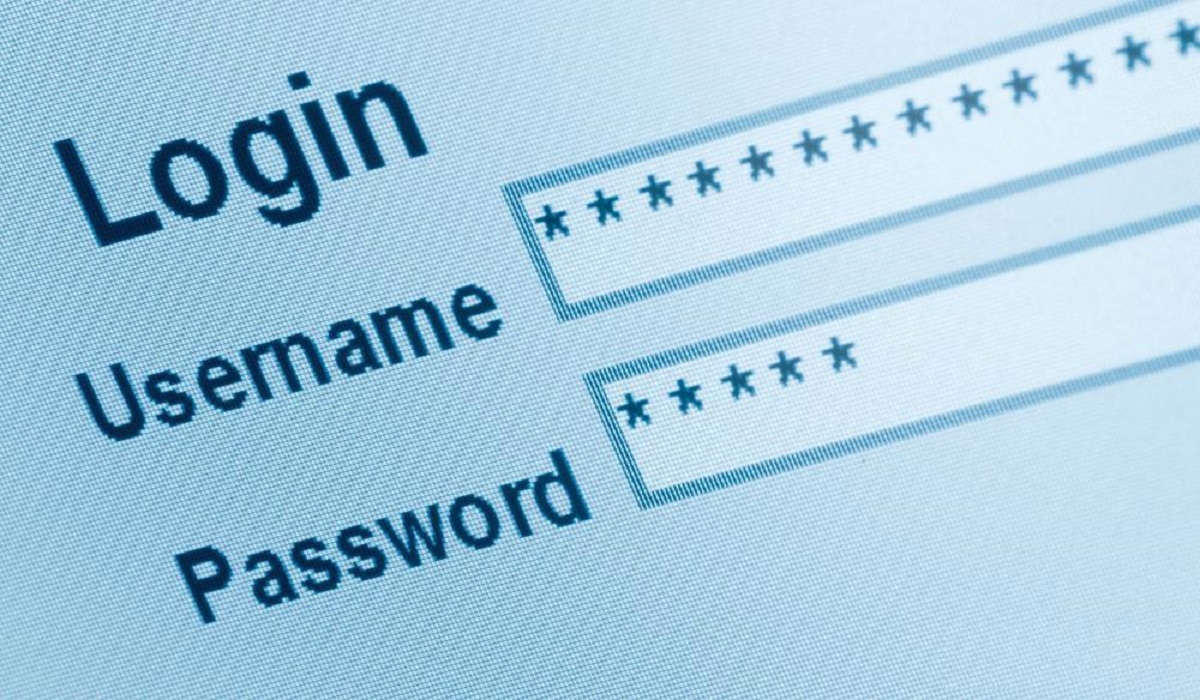Introduction
Welcome to the world of banking, where financial transactions and records are an essential part of daily life. As a banking customer, it is vital to stay informed about your accounts, transactions, and overall financial health. One crucial tool that aids in this process is a statement in banking.
A statement in banking is a document provided by your financial institution that summarizes the activity and status of your account within a specified period. It serves as a record of all deposits, withdrawals, transfers, and other transactions that have occurred during that time.
This article aims to provide a comprehensive overview of statements in banking, discussing their purpose, contents, different types, benefits, and the importance of reviewing them regularly. It will also touch upon common issues that may arise with statements and how they can be resolved.
Understanding statements in banking can empower you to take control of your finances, ensure accuracy in your records, identify any discrepancies or fraudulent activity, and make informed decisions based on your financial situation.
Whether you’re a seasoned banking customer or new to the world of banking, this guide will equip you with the necessary knowledge to navigate statements effectively and leverage them as a valuable financial tool.
Definition of a Statement in Banking
A statement in banking, also known as a bank statement or account statement, is a document issued by a financial institution to its customers. It provides a detailed summary of all the financial activity related to a specific account over a defined period. Essentially, it is a snapshot of your banking transactions and the current status of your account.
Bank statements typically include information such as the account holder’s name and address, the account number, the statement period (usually monthly), and the opening and closing balances for the period covered. The statement breaks down the activity into various sections, showcasing deposits, withdrawals, transfers, interest earned, fees charged, and any other relevant transactions.
The purpose of a bank statement is to provide customers with a clear and concise overview of their financial activity, enabling them to track their spending, monitor account balances, and reconcile their records. It serves as a valuable tool for personal financial management, helping individuals budget effectively, detect unauthorized transactions, and identify opportunities for saving or investing.
Bank statements are usually available in both paper and electronic formats. Traditional paper statements are mailed to customers, while electronic statements, also known as e-statements or digital statements, are accessed through online banking platforms or emailed to the account holder. Electronic statements offer the convenience of instant access, reducing paper waste and allowing customers to organize their financial records digitally.
It’s important to note that the exact format and information included in a bank statement can vary slightly between financial institutions. However, the core purpose remains the same: to provide customers with a comprehensive view of their financial transactions and account status.
Purpose of a Statement in Banking
The primary purpose of a statement in banking is to provide customers with a clear and transparent overview of their financial activity and the status of their account. It serves as a valuable tool for personal financial management, offering several key benefits and fulfilling important functions:
1. Transaction Tracking: Statements allow customers to track their deposits, withdrawals, transfers, and other transactions accurately. By reviewing these transactions, customers can monitor their spending habits, identify any discrepancies, and ensure the accuracy of their financial records.
2. Account Reconciliation: Bank statements help customers reconcile their account balances with their own financial records. By comparing the transactions listed on the statement with their own records, customers can identify any errors, missing transactions, or fraudulent activity. This process is essential for maintaining accurate financial statements and detecting any unauthorized transactions on the account.
3. Budgeting and Financial Planning: With the detailed information provided in a statement, customers can analyze their spending patterns and develop effective budgets. By examining their income, expenses, and savings, customers can make informed financial decisions, set savings goals, and track their progress towards achieving them.
4. Proof of Income and Financial History: Bank statements can serve as proof of income and financial history for various purposes, such as applying for loans, mortgages, or rental agreements. By showcasing a track record of financial activity and account balances, statements provide verifiable evidence that lenders and landlords require.
5. Tax Preparation: Bank statements provide a comprehensive record of financial transactions, making them valuable during tax season. Customers can refer to their statements to ensure accurate reporting of income, expenses, and deductions on their tax returns.
6. Financial Analysis: Bank statements allow customers to analyze their financial health and identify trends or patterns in their spending and saving habits. This analysis can help inform financial decisions, improve money management skills, and work towards achieving long-term financial goals.
Overall, the purpose of a statement in banking is to empower customers with the necessary information to manage their finances effectively, make informed decisions, and maintain accurate records of their financial activity.
Contents of a Statement in Banking
A statement in banking contains various elements that provide a comprehensive overview of a customer’s financial activity and the current status of their account. While the specific format may vary slightly between financial institutions, the following are common contents found in a typical bank statement:
1. Account Information: The statement includes the account holder’s name, address, and account number. This information helps verify the statement’s authenticity and ensures it is being delivered to the correct recipient.
2. Statement Period: The statement specifies the period covered, typically a month or a specific date range. This period indicates the timeframe for which the transactions and balances are being reported.
3. Opening and Closing Balances: The statement displays the opening balance, which is the balance at the beginning of the statement period, and the closing balance, which is the balance at the end of the statement period. These balances provide a snapshot of the account’s financial position over the specified timeframe.
4. Transaction Details: The statement lists all transactions that occurred during the statement period. These transactions include deposits, withdrawals, transfers, payments, and any other activities related to the account. Each transaction is accompanied by relevant details such as the transaction amount, date, and a description of the transaction.
5. Interest Earned: If applicable, the statement may include details of any interest earned on the account. This interest is typically calculated based on the account’s balance and the applicable interest rate for the specific account type.
6. Fees Charged: If there are any fees associated with the account or specific transactions, they will be itemized in the statement. Common fees include monthly maintenance fees, overdraft fees, ATM withdrawal fees, and service charges.
7. Account Summary: The statement provides a summary of the account’s overall activity and balance for the statement period. This summary typically includes the total credits (deposits), total debits (withdrawals), and the net change in the account balance.
8. Important Messages or Notifications: Some statements may include important messages or notifications from the bank, such as upcoming changes to account terms, promotional offers, or reminders. These messages may be highlighted separately or included within the body of the statement.
By including these essential elements, a bank statement offers customers a detailed and organized summary of their financial transactions, balances, and other important account information. It allows customers to review their activity, reconcile their records, and stay informed about their financial status.
Types of Statements in Banking
Financial institutions offer various types of statements to meet the diverse needs of their customers. The specific types of statements may vary between banks, but here are some common types:
1. Checking Account Statements: Checking account statements provide an overview of the activity and balance associated with a customer’s checking account. They detail deposits, withdrawals, transfers, cleared checks, and any fees charged to the account.
2. Savings Account Statements: Savings account statements outline the transactions and balance of a customer’s savings account. They usually include deposits, interest earned, withdrawals, transfers, and any fees associated with the account.
3. Credit Card Statements: Credit card statements show the details of a customer’s credit card transactions, including purchases, cash advances, balance transfers, and payments made. They also provide information on the outstanding balance, available credit, and any interest charged or fees associated with the card.
4. Loan Statements: Loan statements provide customers with information about their outstanding loan balance, payment due dates, interest charged, and the breakdown of principal and interest payments. They often include details on the loan terms and any late payment charges or penalties.
5. Investment Account Statements: Investment account statements are tailored to customers who have invested in various financial instruments such as stocks, bonds, mutual funds, or other securities. These statements reflect the performance of the investments, including dividends received, capital gains/losses, fees, and other relevant information.
6. Merchant Account Statements: Merchant account statements are specific to businesses that accept credit card payments from customers. These statements provide a breakdown of the transactions processed, fees charged by the payment processor, and any necessary information for reconciling sales and deposits.
7. Online Banking Statements: Online banking statements, also known as electronic statements or e-statements, are digital versions of traditional paper statements. They are accessed through the bank’s online banking platform and offer the convenience of instant availability, helping reduce paper waste and clutter.
These are just a few examples of the types of statements offered by banking institutions. The availability and specific features of each statement may vary depending on the financial institution and the type of account or service held by the customer.
It’s essential for banking customers to be aware of the types of statements available to them and understand how to access and utilize them effectively. Regularly reviewing these statements allows customers to stay informed, manage their finances, and make informed decisions about their banking and financial activities.
Benefits of Statements in Banking
Statements in banking offer several important benefits to customers, playing a key role in managing finances and staying informed about account activity. Here are some of the benefits they provide:
1. Financial Tracking and Awareness: Statements allow customers to track their financial activity accurately. By reviewing transactions listed on the statement, customers can stay aware of their spending patterns, identify areas where they can cut costs or make adjustments, and gain a better understanding of their overall financial habits.
2. Transparency and Accountability: Bank statements provide a transparent record of all transactions associated with an account. By regularly reviewing statements, customers can ensure the accuracy and integrity of their financial records and hold both themselves and their financial institution accountable for any discrepancies or unauthorized activity.
3. Budgeting and Planning: Statements help customers develop effective budgets and financial plans. By analyzing their income, expenses, and savings as reflected in the statements, customers can make informed financial decisions, set realistic goals, and track their progress towards achieving them.
4. Fraud Detection and Protection: Regularly reviewing bank statements allows customers to catch any fraudulent activity or unauthorized transactions. By promptly identifying and reporting suspicious transactions to their financial institution, customers can minimize the potential impact of fraud and safeguard their accounts and personal information.
5. Proof of Income and Financial History: Bank statements serve as reliable proof of income and financial history, often required for various purposes such as loan applications, rental agreements, or visa processes. By providing accurate and up-to-date statements, customers can verify their financial stability and credibility to lenders, landlords, or institutions requiring these documents.
6. Tax Preparation: Bank statements offer a comprehensive record of financial transactions, simplifying the tax preparation process. Customers can refer to their statements to ensure accurate reporting of income, expenses, deductions, and any other relevant financial information on their tax returns.
7. Dispute Resolution: In the event of any billing disputes or discrepancies with merchants, having access to bank statements is crucial. Customers can use their statements as evidence to resolve any misunderstandings and ensure fair treatment and resolution.
By utilizing and reviewing their bank statements regularly, customers can leverage these benefits to effectively manage their finances, protect their accounts, and make informed decisions about their financial well-being.
How to Access Statements in Banking
Accessing statements in banking has become increasingly convenient with the adoption of digital technology. Banks offer various methods for customers to access their statements securely and conveniently. Here are some common ways to access statements:
1. Online Banking: Most banks provide online banking platforms where customers can access their statements electronically. By logging into their online banking account, customers can view and download their statements in digital format. Online banking platforms also offer additional features, such as the ability to search for specific transactions and set up notifications for new statement availability.
2. Mobile Banking Applications: Many banks have mobile banking applications that allow customers to access their accounts and statements using their smartphones or tablets. These apps provide a user-friendly interface for viewing and managing statements on-the-go. Customers can download their statements directly to their device or send them via email for easy reference.
3. E-mail Delivery: Some banks offer the option for customers to receive their statements via email. Customers can provide their email address to the bank, and the statements will be sent as secure attachments. This method allows for immediate access to statements and eliminates the need for physical storage of paper statements.
4. Secure Online Document Storage: Some banks provide secure online document storage services where customers can access their statements. Customers can log into the designated platform and retrieve their statements whenever needed. This method ensures that statements are securely stored and easily accessible from any device with an internet connection.
5. Requesting Hard Copies: For customers who prefer physical copies of their statements, most banks offer the option to request hard copies. Customers can contact their bank’s customer service or visit a branch to request and receive printed statements. However, this method may involve additional fees and longer processing time compared to electronic statements.
6. ATMs: Some ATMs allow customers to print out mini-statements or transaction summaries directly from the machine. Customers can review their recent transactions and account balance without the need for accessing online platforms or visiting a branch.
7. Customer Service Representatives: If customers have difficulty accessing their statements through online or mobile banking, they can contact their bank’s customer service representatives. Customer service can assist in resolving any issues and provide guidance on accessing and retrieving statements.
It’s important for customers to familiarize themselves with the specific methods and processes their bank offers for accessing statements. Banks prioritize security and may require additional authentication steps to ensure customers’ confidential information is protected.
By leveraging the available technology and following the bank’s guidelines, customers can conveniently access and view their statements, empowering them to stay informed about their account activity and financial well-being.
Importance of Reviewing Statements in Banking
Regularly reviewing statements in banking plays a crucial role in managing personal finances effectively and ensuring the accuracy and security of accounts. Here are the key reasons why reviewing bank statements is important:
1. Detecting Errors and Discrepancies: Reviewing bank statements allows customers to identify any errors or discrepancies in their financial records. It’s not uncommon for mistakes to occur, such as duplicate charges, incorrect amounts, or unrecognized transactions. By reviewing statements, customers can quickly catch these errors and take the necessary steps to rectify them.
2. Monitoring for Fraudulent Activity: Bank statements are valuable tools in detecting any unauthorized or fraudulent transactions. By closely examining transaction details, customers can identify any suspicious activity and report it to their bank immediately. Rapid response to potential fraud minimizes the financial impact and protects the customer’s account and personal information.
3. Budgeting and Financial Management: Regularly reviewing bank statements helps customers stay on top of their finances and make informed decisions. By analyzing the income, expenses, and cash flow reflected in the statements, customers can track their spending, identify areas where they can cut costs, and allocate funds more effectively.
4. Ensuring Accuracy in Financial Records: Statements serve as reliable sources of information for maintaining accurate financial records. By comparing the transactions listed on the statement with their own records, customers can ensure that their personal records align with the bank’s official statement. This accuracy is essential for tax preparation, loan applications, financial analysis, and other financial activities.
5. Verifying Account Activity: Reviewing statements allows customers to verify that all the expected transactions and deposits have been properly processed. It provides reassurance that payments have been credited, deposits have been received, and transfers have been completed as intended.
6. Identifying Unauthorized Account Access: Through careful review of statements, customers can identify any unauthorized access to their bank accounts. Unusual account activity or transactions from unknown sources could be an indication of identity theft or account compromise. Recognizing and reporting such activities promptly helps protect the customer’s financial well-being.
7. Resolving Disputes: Statements are valuable tools when resolving billing disputes with merchants or service providers. By referring to transaction details, dates, and amounts, customers can provide accurate information to support their claims and facilitate the resolution process.
Regularly reviewing bank statements empowers customers to actively exercise control over their financial matters, ensuring the accuracy of their records, protecting against fraud, and making informed financial decisions. It is an essential practice that promotes financial awareness, security, and overall financial well-being.
Common Issues with Statements in Banking
While statements in banking are valuable tools for financial management, certain common issues may arise that can impact the accuracy and effectiveness of the statements. It’s important to be aware of these issues and take appropriate steps to address them. Here are some common issues to be mindful of:
1. Errors and Omissions: Mistakes can occur in bank statements, such as missing transactions, incorrect amounts, or duplicate entries. Customers should carefully review their statements and promptly bring any discrepancies to the attention of their financial institution. Ensuring accurate reporting is crucial for maintaining reliable financial records.
2. Reporting Delays: Sometimes, there can be delays in the reporting of transactions on bank statements. This can be due to various factors, such as processing times, posting discrepancies, or technical issues. As a result, customers may not see recent transactions reflected on their statements. In such cases, it’s essential to check with the bank to understand the reason for the delay and ensure that all transactions are accounted for.
3. Incomplete Information: Occasionally, bank statements may not provide sufficient details about certain transactions. Some transactions may only have generic descriptions or codes that don’t provide clarity. Customers should reach out to their financial institution for clarification when needed to ensure a complete understanding of their transactions.
4. Confusing Format and Terminology: Statements may use jargon, abbreviations, or technical terms that customers may not be familiar with, making it challenging to understand the information presented. In such cases, referring to the bank’s customer service or seeking explanations from financial professionals can help in deciphering the statement’s content and meaning.
5. Security and Privacy Concerns: Digital statements come with their own set of security and privacy concerns. Customers must ensure they access their statements from secure networks and protect their login credentials. Additionally, it’s critical to review statements for any unfamiliar transactions that may indicate unauthorized account access or potential fraud.
6. Failure to Receive Statements: There may be instances where customers do not receive their statements due to issues with mail delivery or electronic communication. This can lead to missed opportunities to review and address any issues. It’s important to regularly check statement delivery preferences with the bank and promptly address any issues with statement delivery.
7. Lack of Awareness and Review: Some customers may overlook the importance of reviewing their bank statements regularly, leading to a lack of awareness about their financial activity. This can result in missed opportunities to rectify errors, track spending, and detect fraudulent activity. Developing a habit of regularly reviewing statements is essential for maintaining strong financial management practices.
While these issues can be frustrating, customers can address them by staying vigilant and proactive. It’s crucial to actively review bank statements for accuracy, promptly report any discrepancies, seek clarification when needed, and maintain open communication with the financial institution to ensure that statements remain reliable and effective tools for managing personal finances.
Conclusion
Bank statements are integral to managing personal finances effectively and staying informed about account activity. They provide a comprehensive overview of financial transactions, account balances, and other essential details. By reviewing statements regularly, customers can detect errors, monitor for fraudulent activity, track spending, and make informed financial decisions.
This article has highlighted the definition and purpose of statements in banking, discussed their contents, different types, benefits, and the importance of reviewing them. It has also touched upon common issues that may arise with statements and the need to address them promptly.
Accessing statements in banking has become more convenient with the advent of digital technology, offering online banking platforms, mobile banking applications, and e-mail delivery. These advancements have made it easier for customers to access their statements securely and conveniently.
The importance of reviewing bank statements cannot be overstated. It enables customers to detect errors, monitor for fraudulent activity, budget effectively, and ensure the accuracy of their financial records. Regularly reviewing statements empowers individuals to take control of their finances, make informed decisions, and protect their financial well-being.
By staying vigilant, addressing any discrepancies or issues promptly, and maintaining open communication with their financial institution, customers can ensure the reliability and effectiveness of their bank statements. It is through this proactive approach that individuals can harness the full potential of statements in banking for their financial success.







